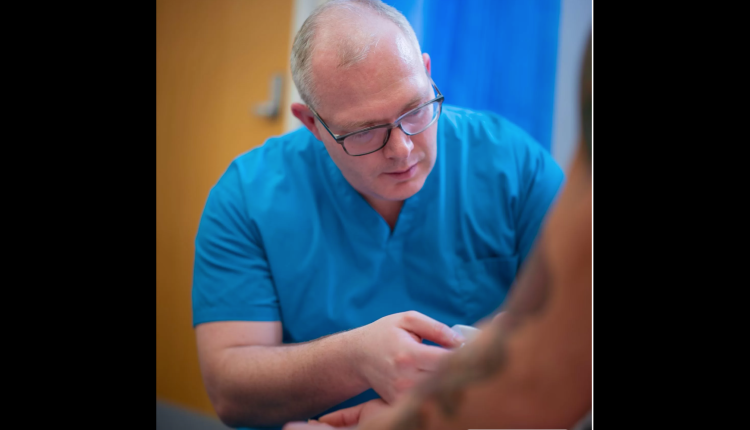UK Advances In Stem Cell Therapy Offer New Hope For Joint Pain Relief
Advances in regenerative medicine are changing how we treat joint pain, offering new alternatives to traditional surgical interventions. Among the most exciting developments is stem cell therapy, a minimally invasive procedure that uses the body’s own biological building blocks to repair damaged tissue, reduce inflammation, and restore mobility. Once considered experimental, this therapy is now being offered in both research hospitals and private medical clinics.
London Cartilage Clinic, for example, is a private Harley Street practice that offers stem cell therapy for a range of joint and musculoskeletal conditions. By focusing on non-surgical treatments that target underlying tissue damage, clinics such as this have helped many patients avoid lengthy surgeries and return to their daily routines with less downtime.
The Science Behind Stem Cell Therapy
Stem cell therapy harnesses mesenchymal stem cells (MSCs), which are adult stem cells typically harvested from a patient’s own fat tissue or bone marrow. These cells are known for their remarkable ability to regenerate and differentiate into various tissue types, such as cartilage, bone, ligament, and muscle. Once processed, the cells are injected directly into the affected joint or tissue, where they promote healing and tissue repair.
Unlike treatments that simply mask pain or suppress symptoms, stem cells work to address the root of the problem. In addition to their reparative functions, MSCs have powerful anti-inflammatory properties and immunomodulatory effects, making them a particularly promising option for degenerative conditions like osteoarthritis. The non-invasive nature of the procedure also means shorter recovery times and a lower risk of complications compared to surgery.
A Many-Application Medicinal Maestro
Although most widely known for its potential in treating osteoarthritis, stem cell therapy is being applied to a wide range of conditions. In cases of osteoporosis, where bone density is severely reduced, MSCs can help stimulate bone regeneration, making bones stronger and less prone to fractures. This could be particularly beneficial for older adults at higher risk of falls and injuries.
For individuals suffering from fibromyalgia, a chronic disorder characterised by widespread pain and fatigue, the anti-inflammatory and reparative effects of MSCs offer another avenue of hope. While not a cure, stem cell therapy has shown potential in reducing pain levels and improving energy and overall well-being in some patients.
Perhaps most compelling is the emerging use of stem cell therapy for rheumatoid arthritis (RA), a systemic autoimmune condition. Conventional RA treatments often involve immune-suppressing drugs that can leave patients vulnerable to infections. In contrast, stem cells can modulate the immune response and reduce inflammation without compromising the body’s ability to defend itself, opening the door to safer, more sustainable long-term management options.
Looking Ahead: A Promising Future
Stem cell therapy is not a panacea, and it may not be suitable for every patient or every condition. However, it represents a meaningful shift in how we understand and approach chronic joint pain and musculoskeletal disorders. With continued research and refinement, this regenerative technique could become a cornerstone of orthopaedic care.
For now, the progress is undeniable. From easing the pain of arthritis to improving bone strength and reducing immune-driven inflammation, stem cell therapy is helping patients regain comfort, mobility, and a better quality of life without the risks and recovery associated with surgery.
For those interested in learning whether advanced stem cell therapy could be the solution to their joint pain, the specialists at London Cartilage Clinic are available to answer questions and provide additional information.



Comments are closed.